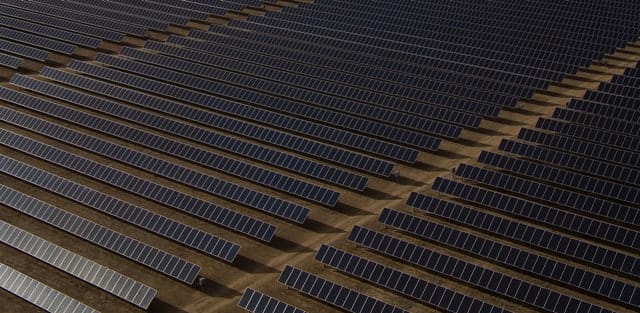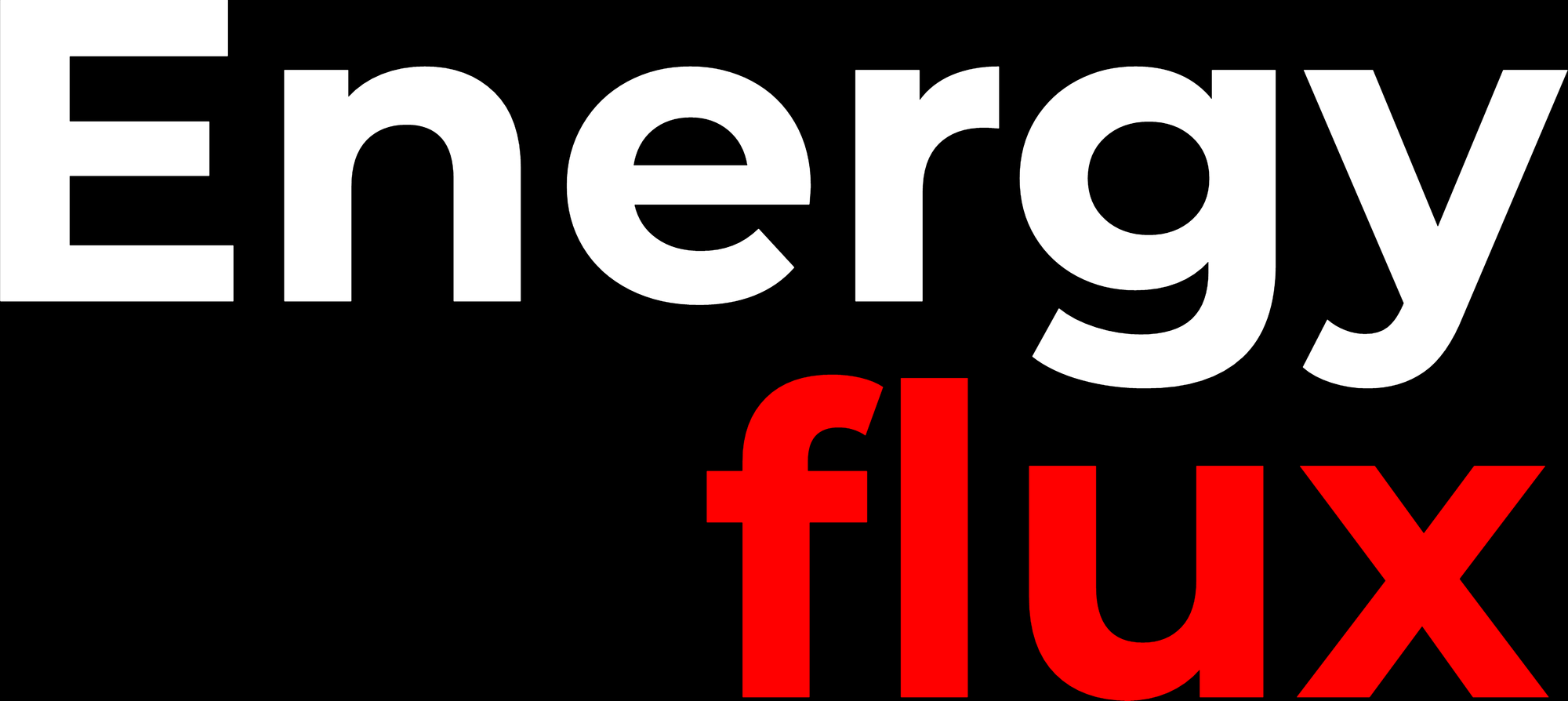US can run on 100% renewable power – but should it?
New paper quantifies the costs of a 100% RE power mix


Member discussion: US can run on 100% renewable power – but should it?
Read what members are saying. Subscribe to join the conversation.





